Garden bed shapes - enbracing the un-natural....
woodyoak zone 5 southern Ont., Canada
13 years ago
Related Stories
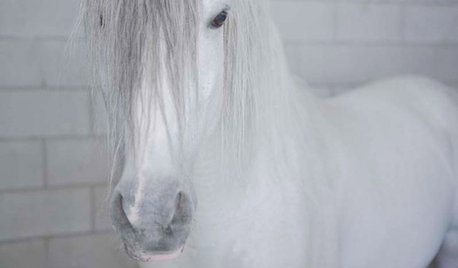
COLORNature’s Color Wisdom: Lessons on White From the Great Outdoors
Blizzard fierce or butter soft, white can highlight shapes, unify a room and perform miracles on the cheap
Full Story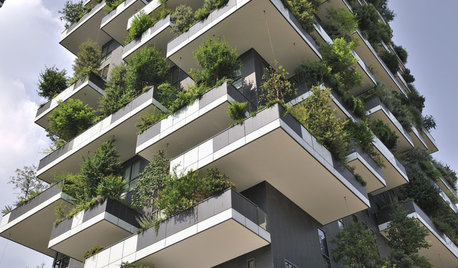
THE ART OF ARCHITECTUREWorld of Design: Trees Bring Nature to a High-Rise in Milan
Discover ‘the most beautiful and innovative skyscraper in the world’ — the foliage-filled Bosco Verticale — and tour one of its apartments
Full Story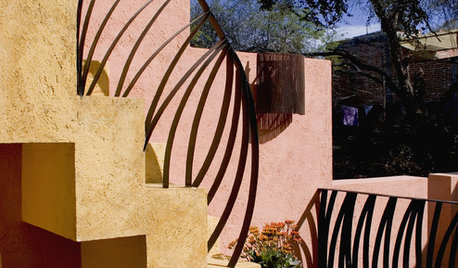
GARDENING AND LANDSCAPINGGarden Design Essentials: Shape and Mass
From a curved rail to boxy terraces, shapes and masses give a landscape form, volume and interest
Full Story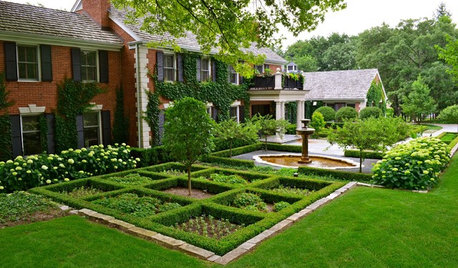
GARDENING GUIDESBoxwood: Still Shape-Shifting After 350 Years
Wild or mild, the humble boxwood still brings style and order to all kinds of gardens
Full Story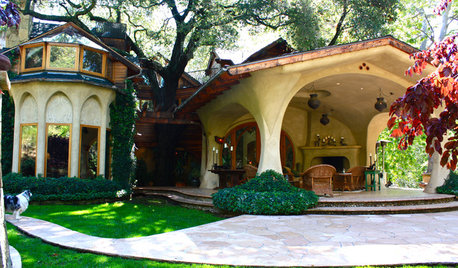
HOUZZ TOURSMy Houzz: Enchanting Nature-Inspired Home in Ojai
Organic shapes, art nouveau and all things nature influence an architect while designing his family's home on a spacious plot in California
Full Story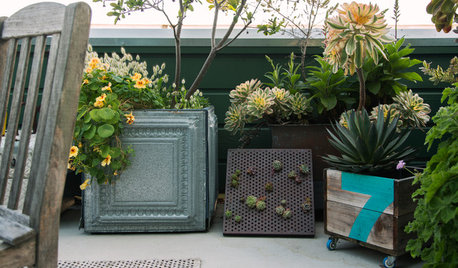
HOUZZ TOURSMy Houzz: See How a Garden Author Brings Nature to the City
Garden designer and author Baylor Chapman shows her love of nature in her San Francisco apartment and deck
Full Story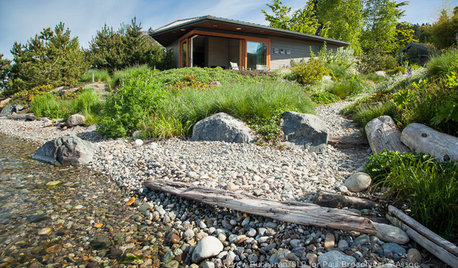
INSPIRING GARDENSLawn Gives Way to a More Natural Lakeside Garden
Meadow grasses, beach pebbles and driftwood replace turfgrass in a nature-friendly landscape on Lake Washington’s shore
Full Story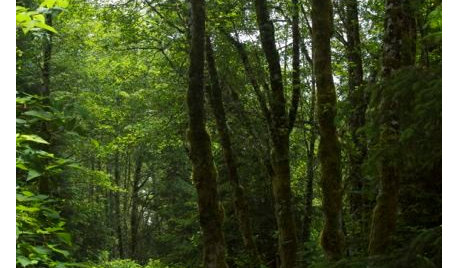
LANDSCAPE DESIGNLet Nature Inspire Your Landscape: Ideas for a Woodland Garden
Fill your senses with the magic of a wild forest-inspired garden — from shady understory plants to towering treetops
Full Story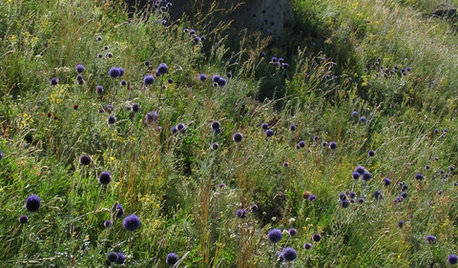
GRASSESLet Nature Inspire Your Landscape: Grasslands to Garden
Don't struggle with trying to artfully match flowers and grasses for a garden design — just look to the source
Full Story
EDIBLE GARDENSNatural Ways to Get Rid of Weeds in Your Garden
Use these techniques to help prevent the spread of weeds and to learn about your soil
Full Story





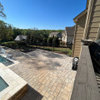



reyesuela
sunnyca_gw
Related Professionals
Beavercreek Landscape Architects & Landscape Designers · Towson Landscape Architects & Landscape Designers · Cliffside Park Landscape Contractors · Hendersonville Landscape Contractors · Lakeville Landscape Contractors · Paramus Landscape Contractors · River Ridge Landscape Contractors · Tewksbury Landscape Contractors · Carmel Decks, Patios & Outdoor Enclosures · Glen Ellyn Decks, Patios & Outdoor Enclosures · Greendale Decks, Patios & Outdoor Enclosures · Somerville Decks, Patios & Outdoor Enclosures · West Bend Decks, Patios & Outdoor Enclosures · Decks, Patios & Outdoor Enclosures · Forney Swimming Pool Buildersmissingtheobvious
timbu
laag
temes
woodyoak zone 5 southern Ont., CanadaOriginal Author
ideasshare
v1rt
sleepy33
v1rt
timbu
rosiew
sleepy33
sleepy33
woodyoak zone 5 southern Ont., CanadaOriginal Author
karinl
v1rt
lazy_gardens
sleepy33
woodyoak zone 5 southern Ont., CanadaOriginal Author
missingtheobvious
sleepy33
temes
v1rt
temes
woodyoak zone 5 southern Ont., CanadaOriginal Author
missingtheobvious
woodyoak zone 5 southern Ont., CanadaOriginal Author
lavender_lass